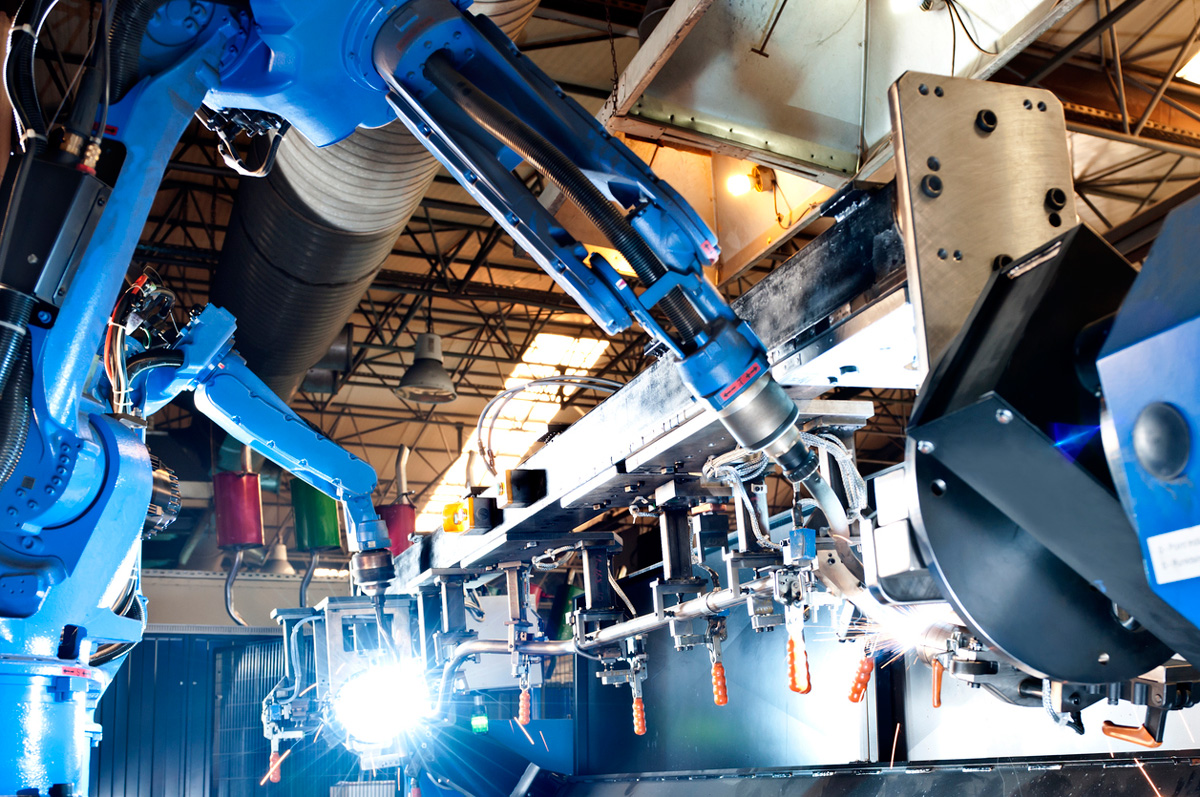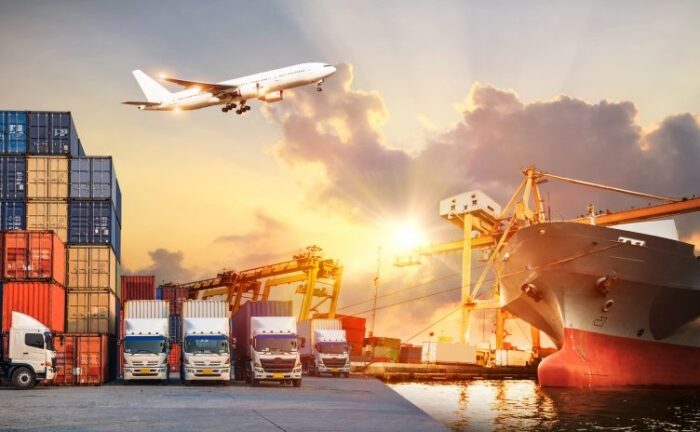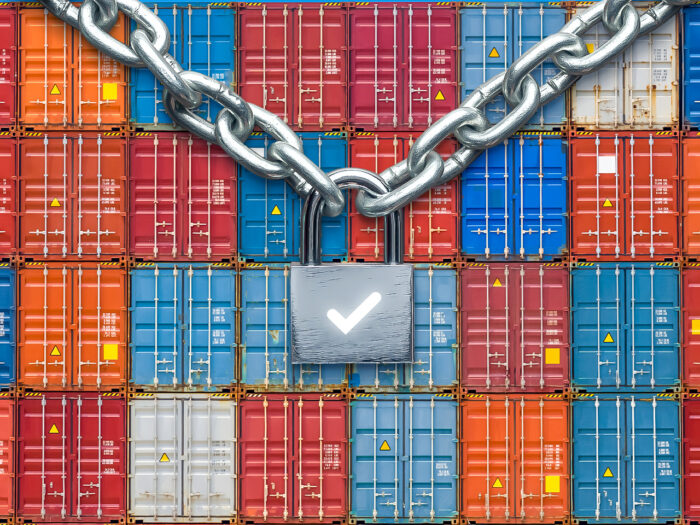
When it comes to manufacturing, having the right machinery is essential in order to ensure that operations are running smoothly. But how do you know what type of machinery is needed? Research and careful consideration should be taken when identifying the right type of machinery for a particular job.
Consider which specific tasks need to be completed by the machine in order to meet production requirements. This could include cutting, drilling, molding, or assembly processes. Once this has been established then research can begin into the various types of machines available that could fulfill these needs.
It’s important to consider both manual and automated machines as well as those with CNC technology for more complex jobs. Each type will have its own advantages and disadvantages so it’s important to understand which one would best suit your requirements before making any decisions.
The next step is researching manufacturers who make quality machines for your needs; looking at reviews can help you identify which ones come highly recommended by other users. It’s also worth considering cost-effectiveness when making this decision; finding machinery importers in Australia with good value for money can help save money in both set-up costs and ongoing maintenance fees.
Gather Necessary Documentation for Importing Machinery

Are you looking to import machinery into your business? If so, there are several important steps you need to take before the process can start. The most important of these steps is gathering the necessary documentation for importing machinery.
Having all the necessary paperwork in order will save you time and money in the long run, as well as avoid any potential legal issues that could arise from not having all your ducks in a row. In this article, we’ll cover what documents you should have on hand when importing machinery and how to obtain them.
The first thing you’ll need is a Certificate of Origin (CO). This document proves where the machine was made and who manufactured it. It also serves as proof that no other countries were involved in its production or export. You can typically get this certificate from either the manufacturer or an authorized agent that specializes in international trade documentation services.
If your imported machine requires any special licenses or permits for operation, make sure you have those ready before it enters your country of destination.
Choose a Supplier and Negotiate the Price

Choosing a supplier and negotiating a price can be a daunting task, but it is essential to getting the best deal. Whether you’re buying for yourself or for your business, selecting the right supplier and negotiating the best price is key to success. Here are some tips on how to choose a supplier and negotiate price:
Do Your Research
Before committing to any one supplier, do your research on their prices, quality of products/services offered, and customer service rating. Compare multiple suppliers so that you can make an informed decision about who will offer you the best deal.
Establish Trust
Establishing trust with potential suppliers is essential in order to have successful negotiations later down the line. Make sure you understand their terms and conditions before signing any contracts or agreements. If there are any issues with the product or service they provide, make sure they are willing to work with you to resolve them in an amicable manner without extra costs involved on your end.
Ask For Quotes
Ask for quotes from multiple suppliers so that you can compare prices between them more easily and make more informed decisions about who offers better deals than others based on the quality versus cost ratio of their products/services offered.
Prepare Payment for the Purchase of Machinery

Making a payment for the purchase of machinery can be a daunting task for business owners. Not only does it involve dealing with large amounts of money, but there are also certain tax obligations and legal requirements to consider. In this article, we’ll discuss the steps you need to take to prepare payment for the purchase of machinery.
You must determine your budget and decide how much money you can afford to spend on your desired machinery. Be sure to research prices and compare different vendors before making any commitments. You may even want to enlist the help of an accountant or financial advisor if you have any questions or concerns about making such a large purchase.
Once you have identified a vendor, it’s time to negotiate terms and conditions with them regarding payment options and delivery dates. Many vendors offer flexible payment plans that allow buyers more time before they must make their full payments while others require immediate satisfaction upon completion of delivery or installation services. Be sure that all agreed-upon terms are included in any legal documents related to the transaction; this will help protect both parties involved in case any discrepancies arise down the line.
Determine Customs Requirements and Obtain Necessary Clearances or Permits
Customs requirements and obtaining necessary clearances or permits are essential parts of doing business internationally. Whether you’re a small business owner, a large corporation, or a government agency, understanding these regulations is key to the smooth and successful import or export of goods across borders.
The first step in determining customs requirements for international trade is to familiarize yourself with the laws and regulations that govern imports and exports in your country. Different countries have different sets of rules, so it’s important to understand what your country requires before you begin trading. There may be specific paperwork that needs to be completed, fees that need to be paid, or restrictions on certain types of goods that must be adhered to.
Once you have a basic understanding of the laws governing international trade in your country, the next step is to determine what type of clearance or permit will be required for each shipment. Depending on the type of product being shipped and its destination country, there may be specific licenses needed from local authorities as well as national regulators. It’s also important to find out if any special taxes or duties need to be paid before goods can enter another country’s territory legally.
Schedule Shipping and Delivery of Machinery

If you’re in the business of shipping and delivering heavy machinery, it’s important to have a solid plan for ensuring that everything arrives safely and on time. Without a reliable schedule for shipping and delivery, your customers may not be happy with their purchase. Here are some tips for creating a successful schedule for the shipping and delivery of machinery.
The first step is to make sure that you have an accurate estimate of the weight of the machinery being shipped. This will help you determine the appropriate packaging materials needed, as well as how much it will cost to ship. If items are too heavy or bulky, they may need special handling or transportation services which can add additional costs to your budget. You should also take into account any regulations that may affect how items can be transported from one place to another – this could include weather conditions, road closures, or other circumstances that might delay shipments from arriving on time.
Once you know what needs to be shipped, create a timeline for when each item should arrive at its destination and make sure everyone involved is aware of it so they can plan accordingly. When preparing shipments to ensure all products are properly labeled with both origin and destination addresses plus any other identifying information such as tracking numbers if applicable so they don’t get lost along the way.
Finalize Shipping Arrangements, Including Insurance Coverage if Necessary

When shipping goods, it is important to ensure that all necessary arrangements are in place before the items are sent out. This includes finalizing shipping arrangements, such as choosing a reliable carrier and organizing insurance coverage if needed.
Choosing the right delivery service is essential for ensuring that your shipment reaches its destination safely and on time. Many companies offer different levels of service, depending on how quickly the goods need to be delivered and how much you’re willing to pay for shipping costs. You should research each of these carriers and select one that meets your needs while offering competitive rates.
Once you’ve chosen a carrier, you can begin to make your shipping arrangements by providing them with information about your shipment, including its weight, size, destination address and expected delivery date. Depending on the type of goods being shipped, it may also be necessary to provide additional documentation such as an invoice or an itemized list of contents.
In some cases, it may also be necessary to arrange for insurance coverage in order to protect against any losses or damage caused during transit. This will depend largely on the value of the items being shipped as well as their fragility or sensitivity when exposed to certain environmental conditions such as temperature changes or rough handling during transport.
Receive Delivery and Unpack Machinery
Receiving delivery of machinery can be a daunting task. The process is often complex and requires careful consideration to ensure proper handling of the equipment. Unpacking and preparing the machinery for use is an important part of the process, as it ensures that everything is in optimal condition before being put into service. In this article, we will discuss how to properly receive, unpack, and prepare machinery for use.
The first step in receiving the delivery of machinery is ensuring that all paperwork is complete and correct. This includes verifying that all ordered items are present and accounted for on the bill of lading (BOL). Once this has been verified, it’s time to begin unloading the machines from their shipping containers or pallets. It’s important to note that this should be done carefully – any mishandling could result in damage or malfunctioning equipment later on down the line.








